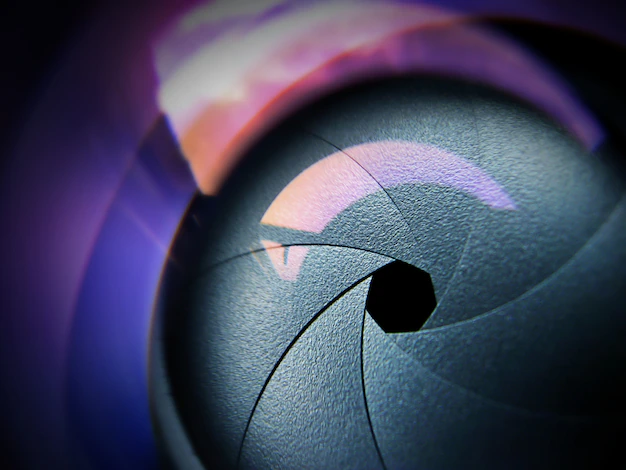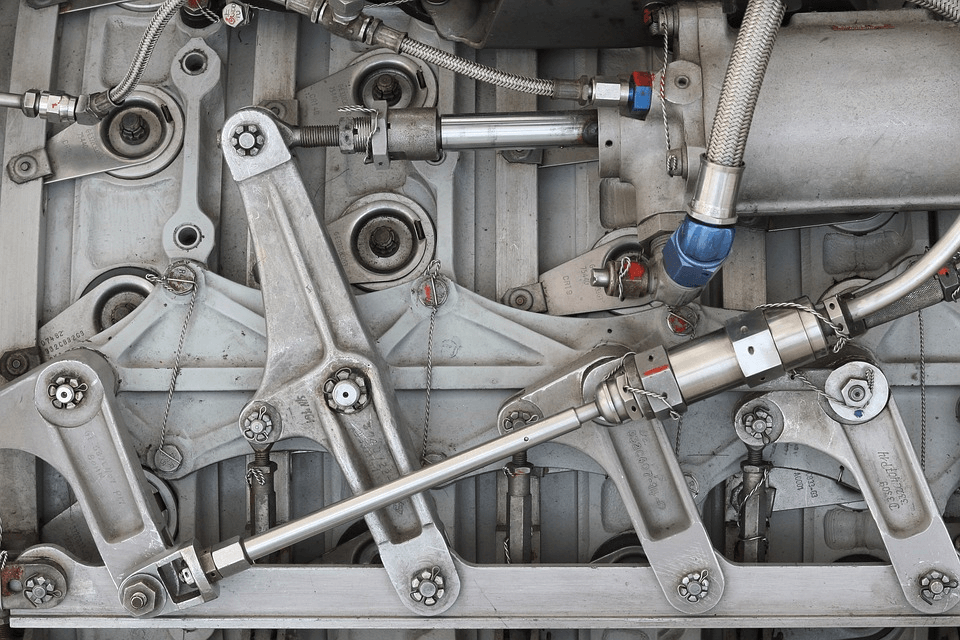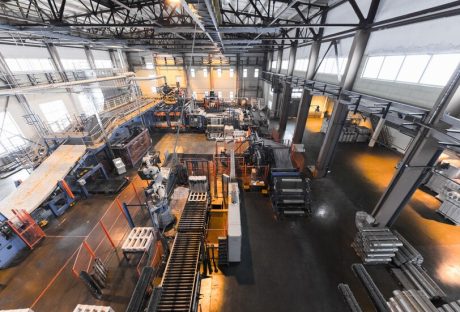In an age dominated by visual content, the significance of high-resolution imaging cannot be overstated. From stunning landscape photographs that take your breath away to intricate medical scans that save lives, HR imaging is the bedrock of modern visual technology.
Its benefits span across various industries and applications reshaping how we tend to perceive, analyze, and understand the world around us.
Where is High Resolution Imaging Used?
High imaging resolution, especially when done through Materials analysis, is currently being used in more than one business segment. Hence, in order to help you understand, we have explained five of them here. Let’s learn more about them together.
1: Device for Component Failure Analysis
Advanced imaging is important for examining component failures, whether in electronics or industrial machinery. This technology offers a crude, microscopic view, revealing tiny flaws or irregularities that are otherwise unseen.
Exploring the smallest details of structural issues or material problems helps identify the main reasons for failures, making it easier to take accurate corrective measures.
2: Characterization of Minerals and Ores
High-resolution imaging greatly assists in the analysis and extraction of minerals and ores. Detailed imaging of geological samples allows scientists and geologists to identify their composition, structure, and internal characteristics.
This knowledge usually helps in pinpointing valuable mineral deposits, comprehending their geological origins, and improving extraction methods.
Additionally, this technology significantly contributes to the mining sector by providing more precise evaluations of resource reserves.
3: Particle Identification and Characterization
Advanced technology is adept at recognizing and describing particles, revealing details about their form, dimensions, and structure.
Whether in pharmaceuticals, environmental research, or material science, analyzing particles helps comprehend how they behave, what they do, and their potential effects.
It can also ensure the effectiveness of medicines or investigate pollutants efficiently. It makes it easier for the researchers to examine the issues with them and rectify them.
4: Elemental Mapping and Analysis
High-resolution imaging boasts a crucial skill: the capacity to analyze and chart the elemental makeup of a sample. Methods such as energy-dispersive X-ray spectroscopy (EDS) enable the identification and mapping of elements present.
This capability tends to hold immense importance across various fields like material science, geology, and environmental studies. Also, pinpointing the distribution of elements precisely provides researchers with valuable insights into —
- Material characteristics,
- Environmental pollutants, and
- Essential compositional differences
5: Dimensional Analysis
Precision in dimensional analysis finds its ultimate ally in high-resolution imaging.
From measuring the tiniest components in nanotechnology to assessing macroscopic structures, this technology facilitates accurate dimensional analysis.
It enables engineers and researchers to scrutinize the minutest details, ensuring adherence to specifications and standards in manufacturing and construction.
6: Process Characterization
High-resolution imaging serves as a guide in process characterization across industries.
By visualizing processes at a microscopic level, it enables a comprehensive understanding of material interactions, phase changes, and structural transformations.
These insights are invaluable in refining manufacturing procedures, optimizing efficiency, and ensuring product quality.
7: Reverse Engineering
The realm of reverse engineering benefits immensely from high-resolution imaging.
By capturing intricate details of existing products or components, this technology facilitates the recreation or improvement of designs and functionalities.
It enables engineers to analyze and understand complex structures, aiding in the re-creation or enhancement of products without relying on original blueprints or designs.
8: Forensic Analysis
In forensic science, high-resolution imaging stands as a cornerstone in investigations.
It delves into minute details of evidence, aiding forensic experts in analyzing crime scenes, examining trace evidence, and elucidating intricate patterns or marks.
Technology tends to play a pivotal role in criminal investigations by providing vital visual evidence and supporting detailed analyses crucial in courtroom proceedings.
High Resolution Imaging — The Benefits
In this section, we will tell you about the benefits of high resolution imaging. So, without any further ado, let’s get started.
1: Offers more Clarity and Detail
At its essence, high-resolution imaging’s key lies in its capacity to capture fine details with remarkable clarity.
Whether it’s a simple photo, a medical scan, or satellite imagery, increased resolution means more pixels, enabling the preservation of finer intricacies.
Envision a picture where each blade of grass or speck of stardust is vividly portrayed—this level of precision is achievable through high-resolution imaging.
2: Enhanced Visual Experience
High-quality imaging greatly enhances our visual encounters in various fields.
For instance, in cinematography, movies filmed in ultra-high definition offer an immersive viewing experience, rendering each frame vivid and engaging.
Likewise, video games profit from high-resolution graphics, crafting visually impressive and lifelike settings that immerse players in vibrant and realistic virtual worlds.
3: Scientific Advancements
In domains like astronomy, microscopy, and medical imaging, the significance of high-quality imaging cannot be overstated. Cutting-edge telescopes capture incredibly detailed images of celestial objects, unveiling the secrets of the cosmos.
Advanced microscopes allow scientists to explore the tiny realm of cells and organisms with unparalleled precision. Within medicine, techniques like MRI and CT scans, known for their high-resolution capabilities, play a crucial role in precise diagnoses and treatment strategies by providing clear visualizations of internal structures.
4: Geospatial Understanding
Satellite images and GIS depend significantly on detailed imaging, offering vital information for urban planning, disaster response, environmental surveillance, and farming.
These technologies play a significant role in the aspect of tracking landscape alterations, overseeing deforestation, supporting urban growth, and predicting natural calamities.
They empower decision-making and efficient resource control by providing high-resolution satellite imagery that monitors changes and aids in disaster prediction.
5: Artificial Intelligence and Machine Learning
The combination of high-quality imaging and artificial intelligence (AI) introduces exciting new possibilities. AI algorithms, when trained using detailed images, demonstrate exceptional abilities in identifying objects, segmenting images, and detecting patterns.
These advancements have wide-ranging uses in autonomous vehicles, facial recognition technology, medical image interpretation, and other fields. The fusion of high-resolution imaging and AI sets the stage for groundbreaking innovations that reshape multiple industries.
Bonus: Future Trends and Innovations
The future of high-quality imaging looks bright, with advancements in sensor technology, computational imaging, and data processing set to expand image resolution boundaries.
Ideas such as gigapixel photography, packing billions of pixels into one image, will likely become more widespread, providing unmatched detail and clarity.
Read Also:























All Comments
Mail Tm
Pretty! This has been a really wonderful post. Many thanks for providing these details.
Vision Premium
Pretty! This has been a really wonderful post. Many thanks for providing these details.